Home>Home Appliances>Bathroom Appliances>How To Clean Mold From Your Electric Toothbrush
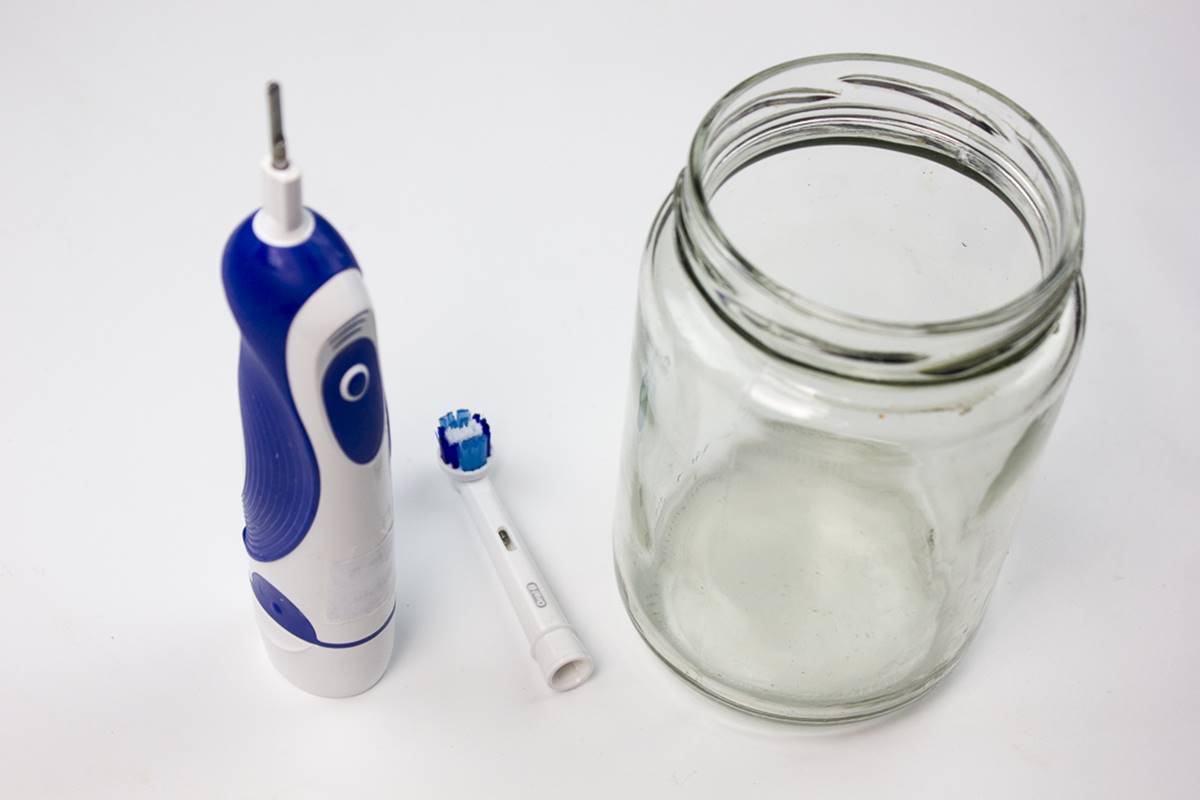

Bathroom Appliances
How To Clean Mold From Your Electric Toothbrush
Modified: May 6, 2024
Learn effective ways to clean mold from your electric toothbrush and keep your bathroom appliances hygienic. Follow these simple tips to maintain a healthy oral hygiene routine.
(Many of the links in this article redirect to a specific reviewed product. Your purchase of these products through affiliate links helps to generate commission for Storables.com, at no extra cost. Learn more)
Introduction
Welcome to the ultimate guide on how to clean mold from your electric toothbrush. Electric toothbrushes are fantastic tools for maintaining oral hygiene, but if not properly cared for, they can become breeding grounds for mold and bacteria. Mold growth on your electric toothbrush can be unsightly and, more importantly, pose potential health risks. In this comprehensive article, we will delve into the nuances of mold on electric toothbrushes, safety precautions, materials needed for cleaning, step-by-step cleaning instructions, and tips for preventing mold growth. By following these guidelines, you can ensure that your electric toothbrush remains a reliable and hygienic companion in your daily oral care routine.
Key Takeaways:
- Keep your electric toothbrush mold-free by regularly cleaning and allowing it to dry properly. This helps maintain good oral hygiene and prevents potential health risks associated with mold exposure.
- Prioritize safety when cleaning mold from your electric toothbrush by ensuring proper ventilation, using protective gear, and considering disposal if mold growth is extensive.
Read more: How To Clean Your Electric Toothbrush
Understanding Mold on Electric Toothbrushes
Mold is a type of fungus that thrives in warm, damp environments, making the moist bristles of an electric toothbrush an ideal breeding ground. When mold spores land on the toothbrush and find the right conditions, they can quickly multiply, leading to visible mold growth. The presence of mold on your toothbrush can compromise its hygiene and effectiveness, potentially exposing you to harmful bacteria and toxins.
In addition to being unsightly, mold can also produce a musty odor, making your toothbrush unpleasant to use. Furthermore, if you have any allergies or respiratory issues, exposure to mold can exacerbate these conditions. It’s essential to address mold growth on your electric toothbrush promptly to maintain good oral health and prevent potential health risks.
Understanding the factors that contribute to mold growth on electric toothbrushes is crucial for effectively combating this issue. Factors such as inadequate drying, storing the toothbrush in a closed container, and using brush heads with moisture trapped inside can all contribute to mold proliferation. By recognizing these factors, you can take proactive steps to mitigate mold growth and ensure the cleanliness of your electric toothbrush.
Safety Precautions
Before embarking on the process of cleaning mold from your electric toothbrush, it’s important to prioritize safety. Mold can release spores and mycotoxins, which can potentially cause health issues, especially for individuals with allergies, asthma, or compromised immune systems. Therefore, observing the following safety precautions is essential:
- Ventilation: Ensure that the area where you clean your toothbrush is well-ventilated. Opening a window or using a fan can help disperse any released spores and minimize your exposure.
- Protective Gear: Consider wearing gloves and a mask while handling a moldy toothbrush to minimize direct contact and inhalation of spores.
- Disposal: If the mold growth is extensive and difficult to remove, it may be safer to dispose of the affected toothbrush and replace it with a new one.
By adhering to these safety precautions, you can mitigate potential health risks associated with handling moldy electric toothbrushes and ensure a safe cleaning process.
Materials Needed
Preparing the right materials is essential for effectively cleaning mold from your electric toothbrush. Here’s a list of items you’ll need to ensure a thorough and safe cleaning process:
- Vinegar: White vinegar is a natural disinfectant and can effectively combat mold and bacteria. Its acidic nature makes it a potent cleaning agent.
- Hydrogen Peroxide: This antifungal and antibacterial agent can aid in eliminating mold and sanitizing the toothbrush.
- Water: Clean, lukewarm water will be used for rinsing and diluting the cleaning solutions.
- Small Container: A small container or cup will be used to create a cleaning solution and soak the toothbrush head.
- Toothbrush: A spare toothbrush can be used to scrub the affected areas and ensure thorough cleaning.
- Clean Cloth or Towel: A cloth or towel will be used to dry the toothbrush after cleaning.
- Gloves: Disposable gloves can provide protection for your hands during the cleaning process.
- Mask (Optional): A mask can be used to minimize inhalation of mold spores, especially if the mold growth is extensive.
By having these materials at your disposal, you can efficiently and safely address mold growth on your electric toothbrush, restoring it to a hygienic state for regular use.
To clean mold from your electric toothbrush, soak the brush head in a solution of water and vinegar for 15-20 minutes, then scrub with a toothbrush and rinse thoroughly.
Steps to Clean Mold from Your Electric Toothbrush
Now that you have gathered the necessary materials and understand the importance of safety precautions, it’s time to embark on the process of cleaning mold from your electric toothbrush. Follow these step-by-step instructions to effectively eliminate mold and restore your toothbrush to a hygienic condition:
- Prepare the Cleaning Solution: In a small container, mix equal parts of white vinegar and water to create a cleaning solution. Alternatively, you can use hydrogen peroxide diluted with water for its antifungal properties.
- Remove the Brush Head: If possible, detach the brush head from the electric toothbrush for thorough cleaning. This step may vary depending on the model of your toothbrush.
- Soak the Brush Head: Submerge the brush head in the prepared cleaning solution and let it soak for at least 15-20 minutes to ensure that the mold is effectively treated.
- Scrub the Brush Head: Using a spare toothbrush, gently scrub the bristles and other affected areas to dislodge any remaining mold. Pay close attention to crevices and hard-to-reach areas.
- Rinse Thoroughly: After scrubbing, thoroughly rinse the brush head with clean water to remove any residual cleaning solution and dislodged mold particles.
- Dry the Toothbrush: Use a clean cloth or towel to dry the brush head completely before reattaching it to the electric toothbrush. Ensure that no moisture is trapped in the bristles or other components.
- Clean the Handle: If mold is present on the handle or other parts of the toothbrush, use a cloth dampened with the cleaning solution to wipe these areas. Rinse and dry thoroughly afterward.
- Reassemble and Store: Once the toothbrush is completely dry, reassemble the brush head and store the electric toothbrush in a well-ventilated area to prevent future mold growth.
By following these steps, you can effectively eliminate mold from your electric toothbrush and ensure that it remains a hygienic tool for your oral care routine.
Read more: How To Clean Your Oral-B Electric Toothbrush
Preventing Mold Growth on Your Electric Toothbrush
Prevention is key to maintaining a mold-free electric toothbrush. By implementing the following practices, you can minimize the risk of mold growth and ensure the ongoing cleanliness of your toothbrush:
- Allow Proper Drying: After each use, thoroughly rinse the brush head and handle under running water. Shake off excess water and allow the toothbrush to air-dry in an upright position to prevent moisture buildup.
- Replace Brush Heads Regularly: Over time, bristles can become worn and harbor bacteria and mold. Replace the brush head according to the manufacturer’s recommendations to maintain optimal hygiene.
- Store in a Ventilated Area: Avoid storing the toothbrush in closed containers or areas with high humidity, as this can promote mold growth. Instead, store it in an open, well-ventilated location.
- Clean the Handle Routinely: Periodically wipe the handle and other non-bristle parts of the electric toothbrush with a cloth dampened with a mild disinfectant to prevent mold and bacteria buildup.
- Inspect for Mold Regularly: Routinely inspect the brush head and handle for any signs of mold growth. Address any mold promptly using the cleaning method outlined earlier in this article.
- Avoid Sharing Toothbrushes: Sharing toothbrushes can transfer bacteria and mold spores, increasing the risk of contamination. Encourage each household member to use their own toothbrush.
By incorporating these preventive measures into your oral care routine, you can significantly reduce the likelihood of mold growth on your electric toothbrush and maintain a hygienic tool for your daily dental care.
Conclusion
Keeping your electric toothbrush free from mold is essential for maintaining good oral hygiene and preventing potential health risks associated with mold exposure. By understanding the factors contributing to mold growth, prioritizing safety precautions, and following the steps outlined in this guide, you can effectively combat mold and ensure the cleanliness of your electric toothbrush.
Regular maintenance and preventive measures are crucial in preventing mold growth on your toothbrush. By allowing proper drying, replacing brush heads as recommended, and storing the toothbrush in a well-ventilated area, you can minimize the risk of mold proliferation and maintain a hygienic oral care tool.
Remember to routinely inspect your electric toothbrush for any signs of mold and address any issues promptly using the cleaning method provided. By incorporating these practices into your oral care routine, you can enjoy the benefits of a clean and mold-free electric toothbrush, promoting both oral health and overall well-being.
With the knowledge and guidelines presented in this article, you are equipped to tackle mold growth on your electric toothbrush with confidence, ensuring that it remains a reliable and hygienic companion in your daily oral care regimen.
Curious about keeping all corners of your home spotless? Dive into our guide on effective mold removal techniques for wood furniture, ensuring your cherished pieces remain pristine. Next, tackle kitchen challenges with our cleaning hacks for achieving a spotless oven effortlessly. Lastly, don't miss out on mastering bathroom cleaning with expert advice to maintain your sanctuary's sparkle. Each read offers practical, easy-to-follow advice to enhance your cleaning routine!
Frequently Asked Questions about How To Clean Mold From Your Electric Toothbrush
Was this page helpful?
At Storables.com, we guarantee accurate and reliable information. Our content, validated by Expert Board Contributors, is crafted following stringent Editorial Policies. We're committed to providing you with well-researched, expert-backed insights for all your informational needs.
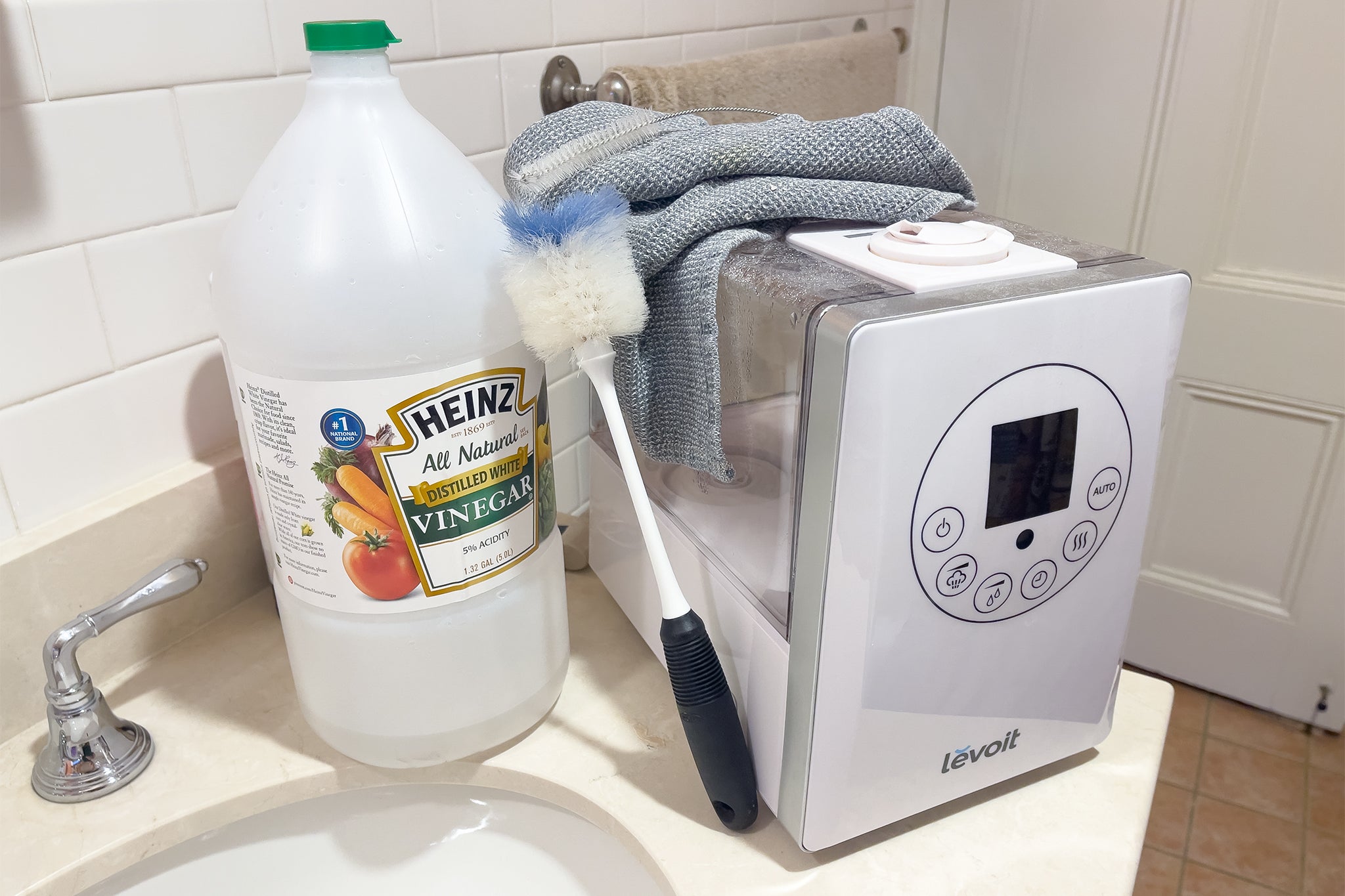
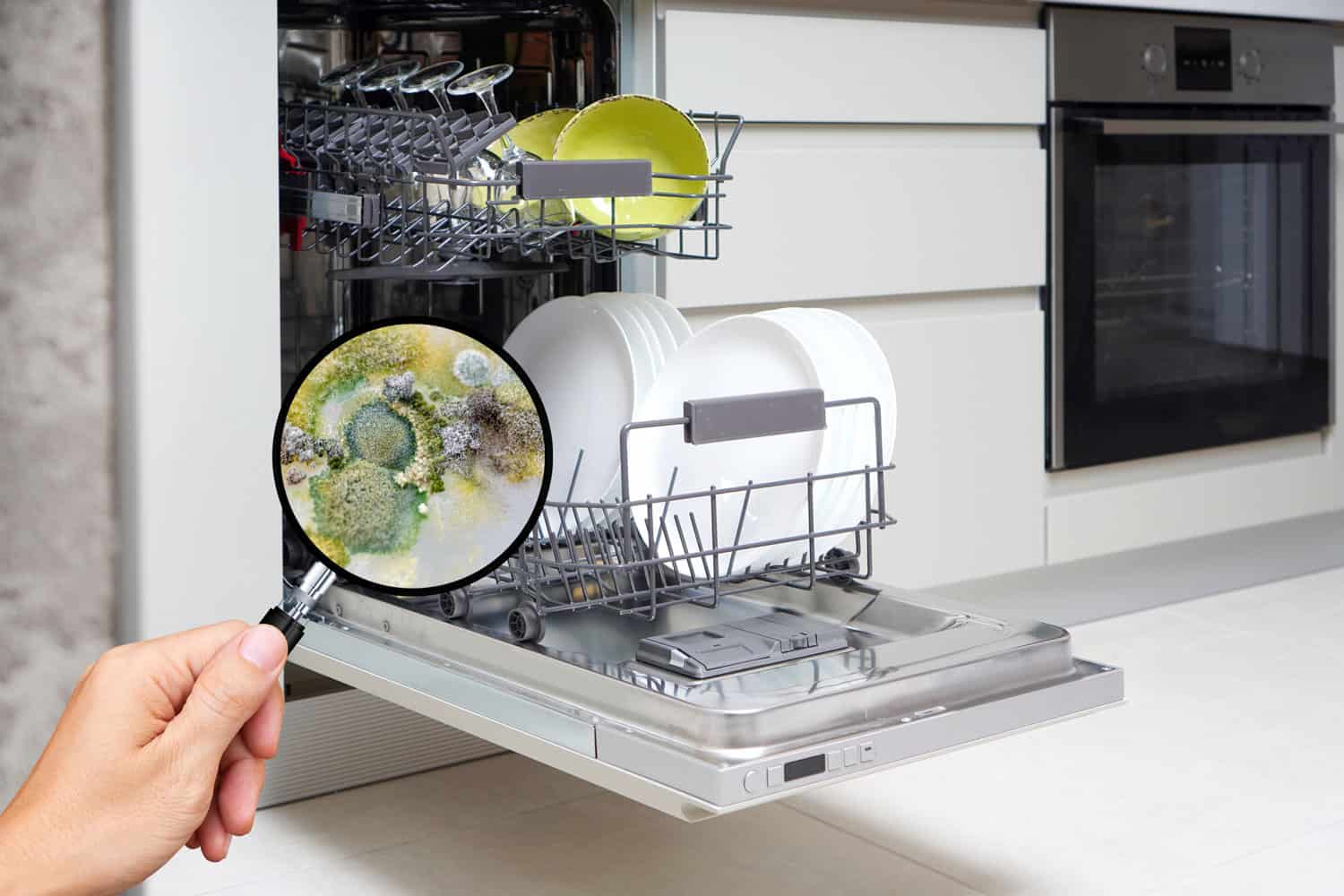
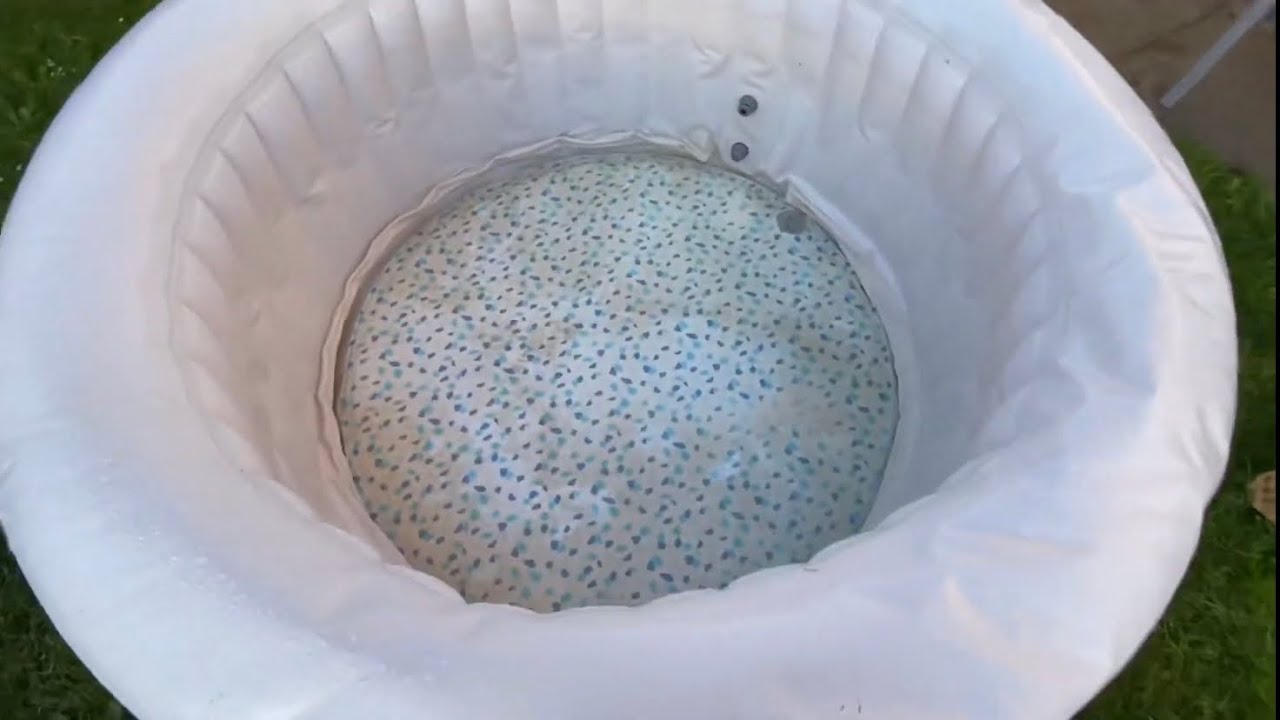
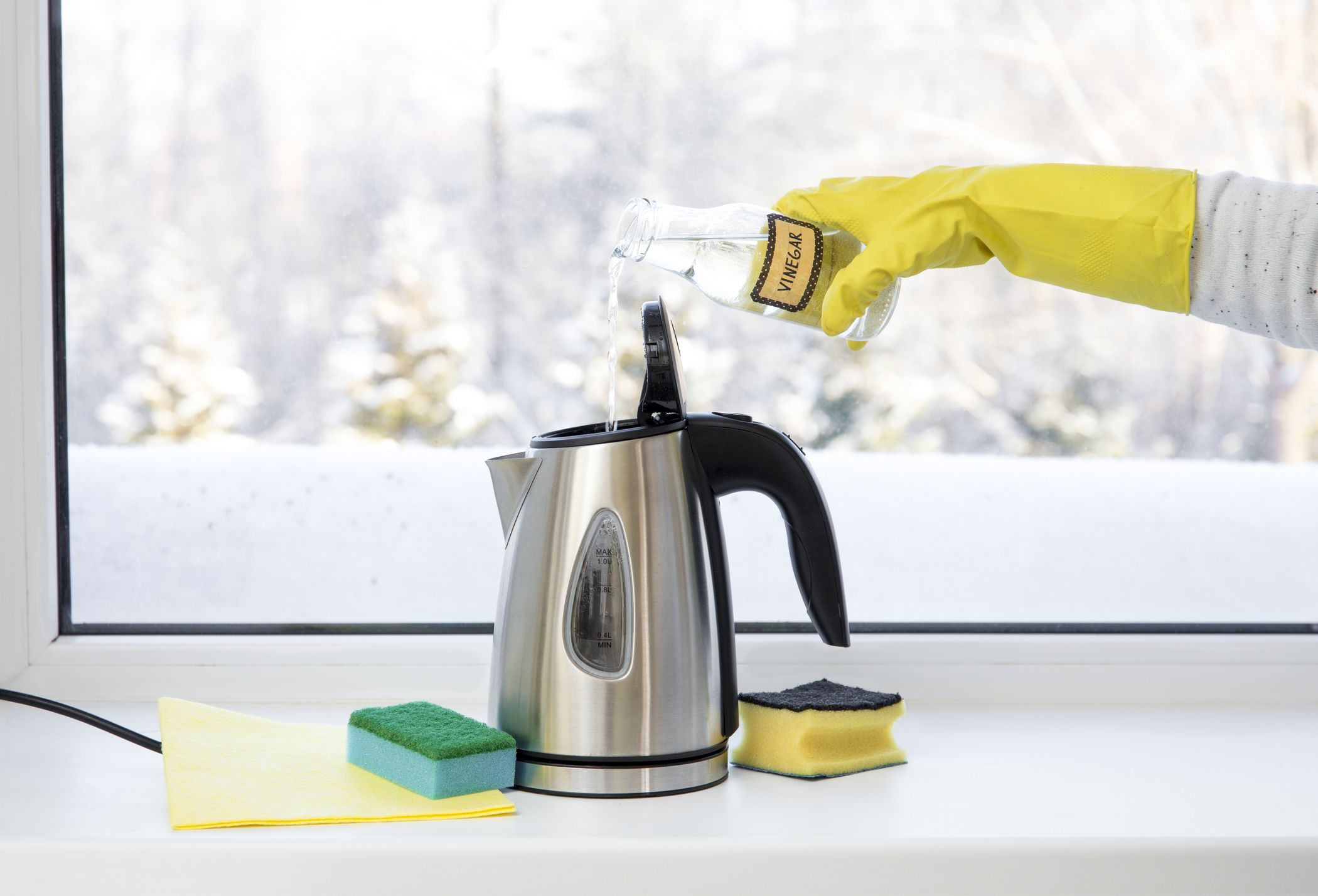
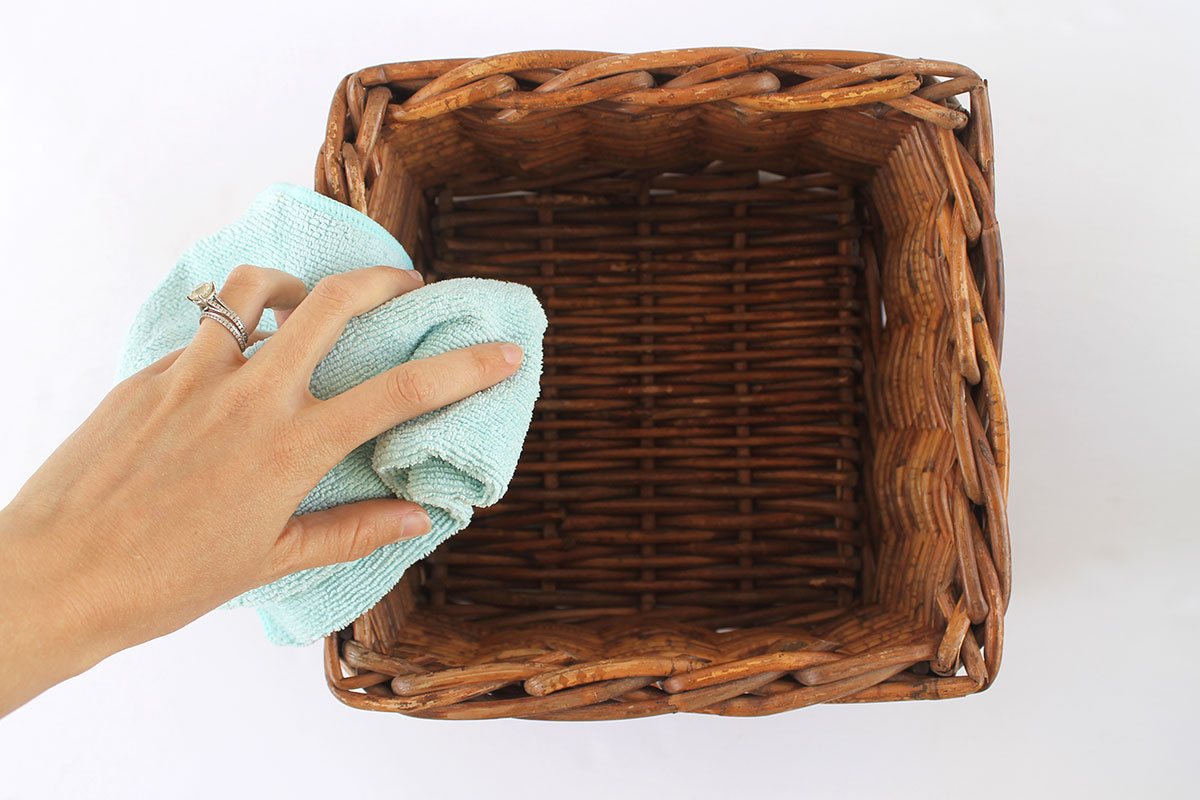
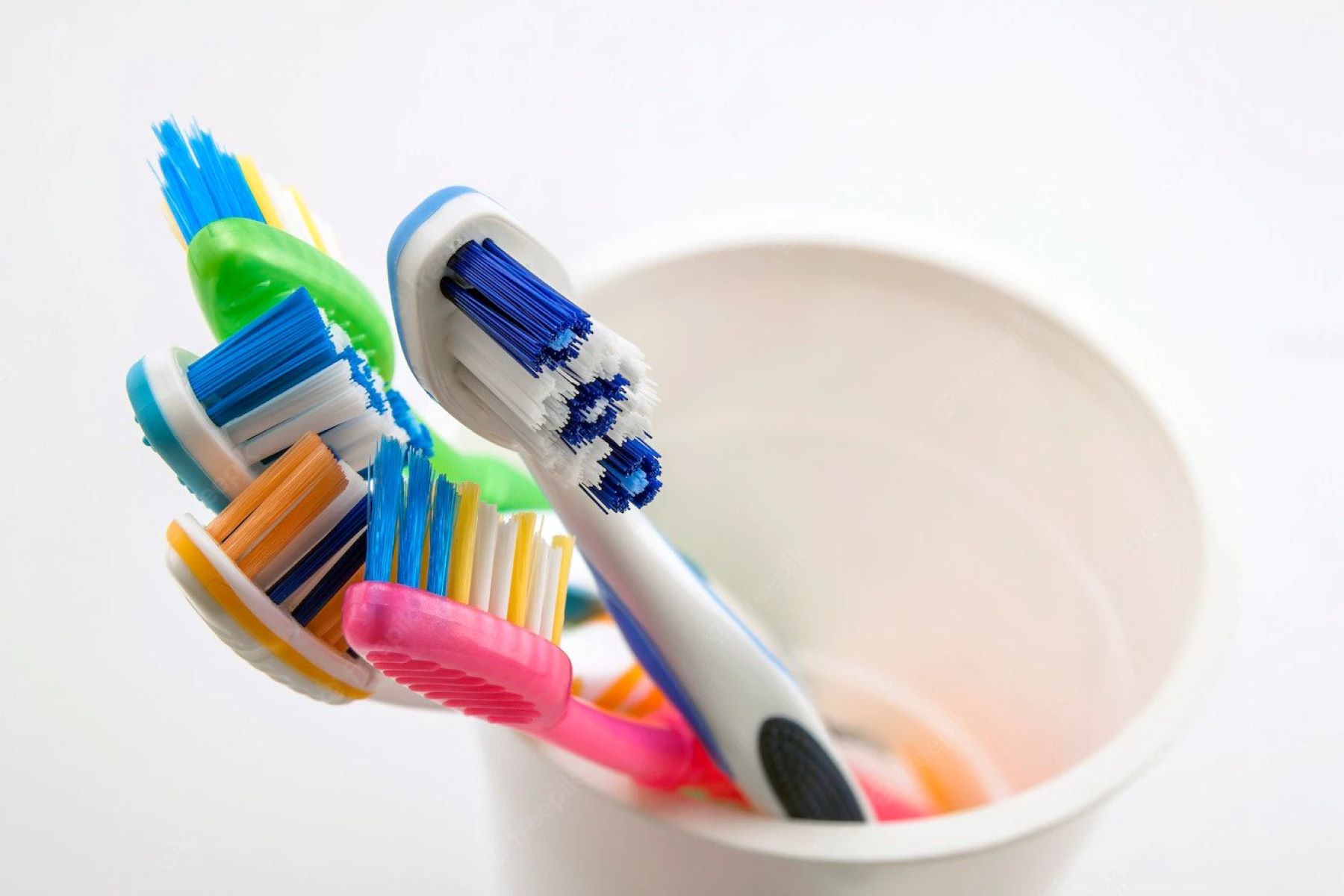
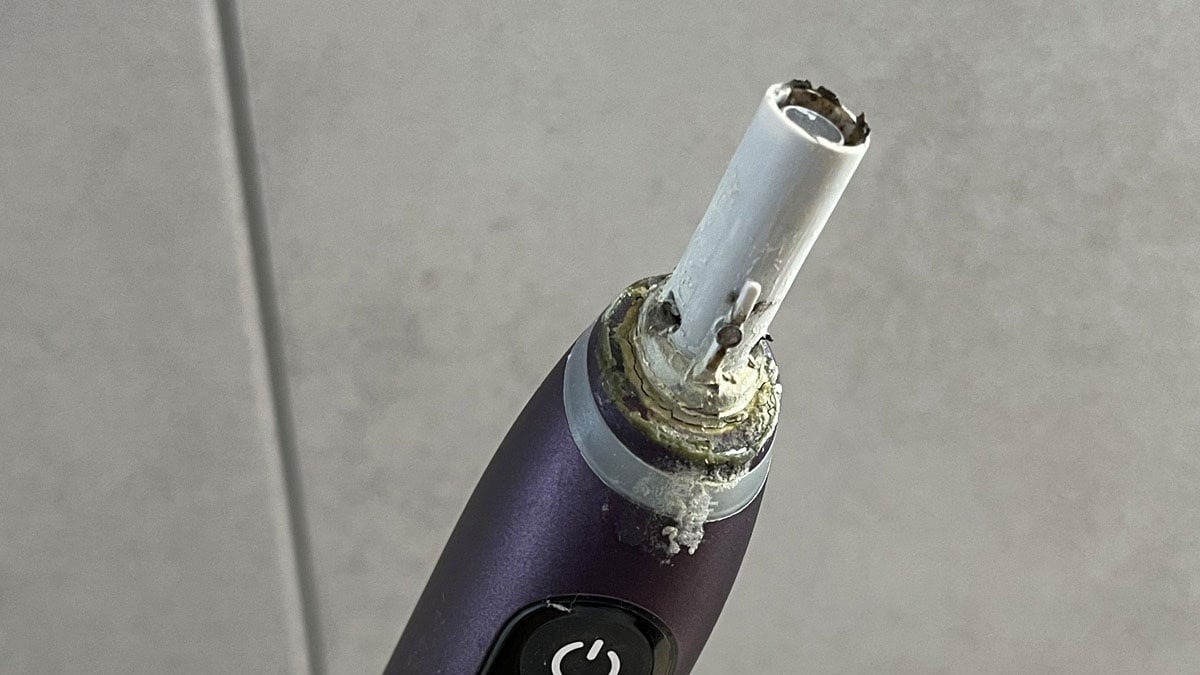
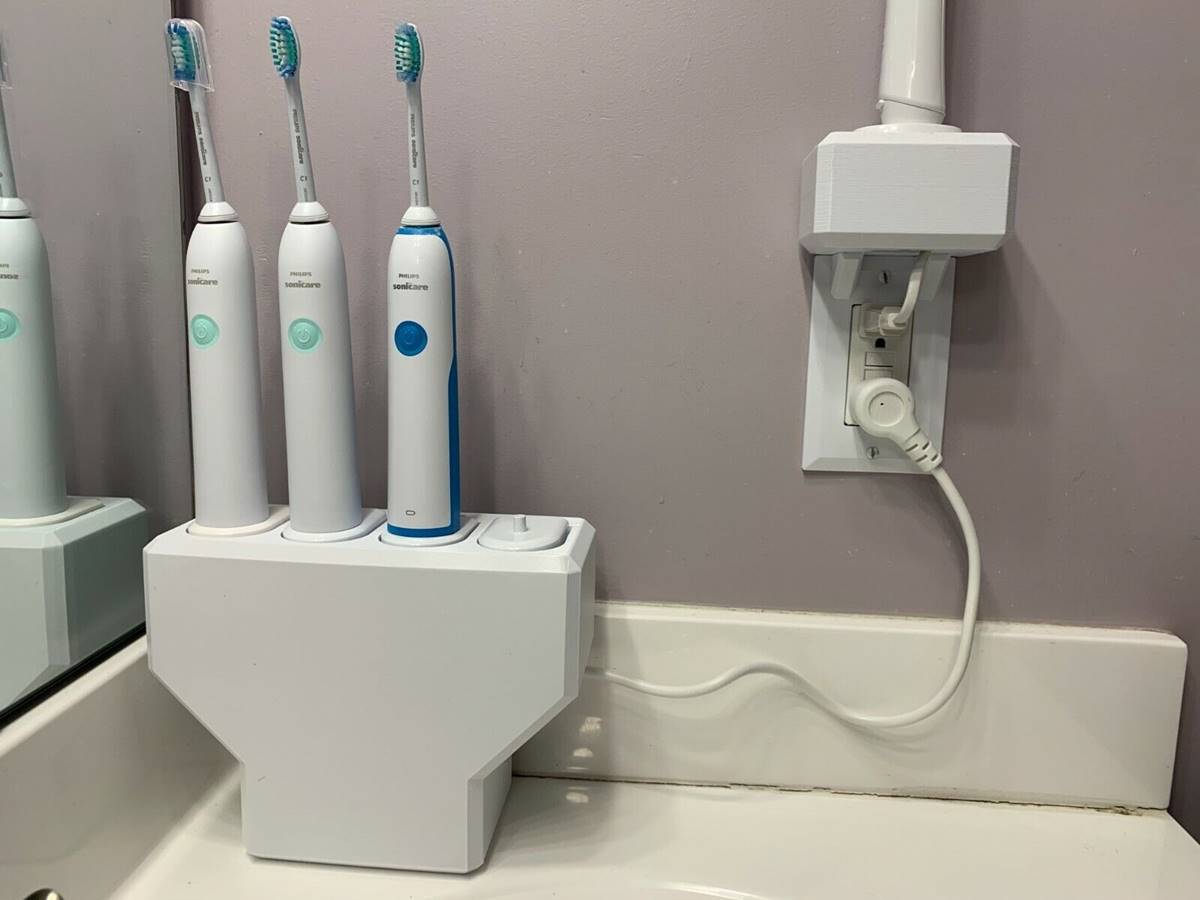
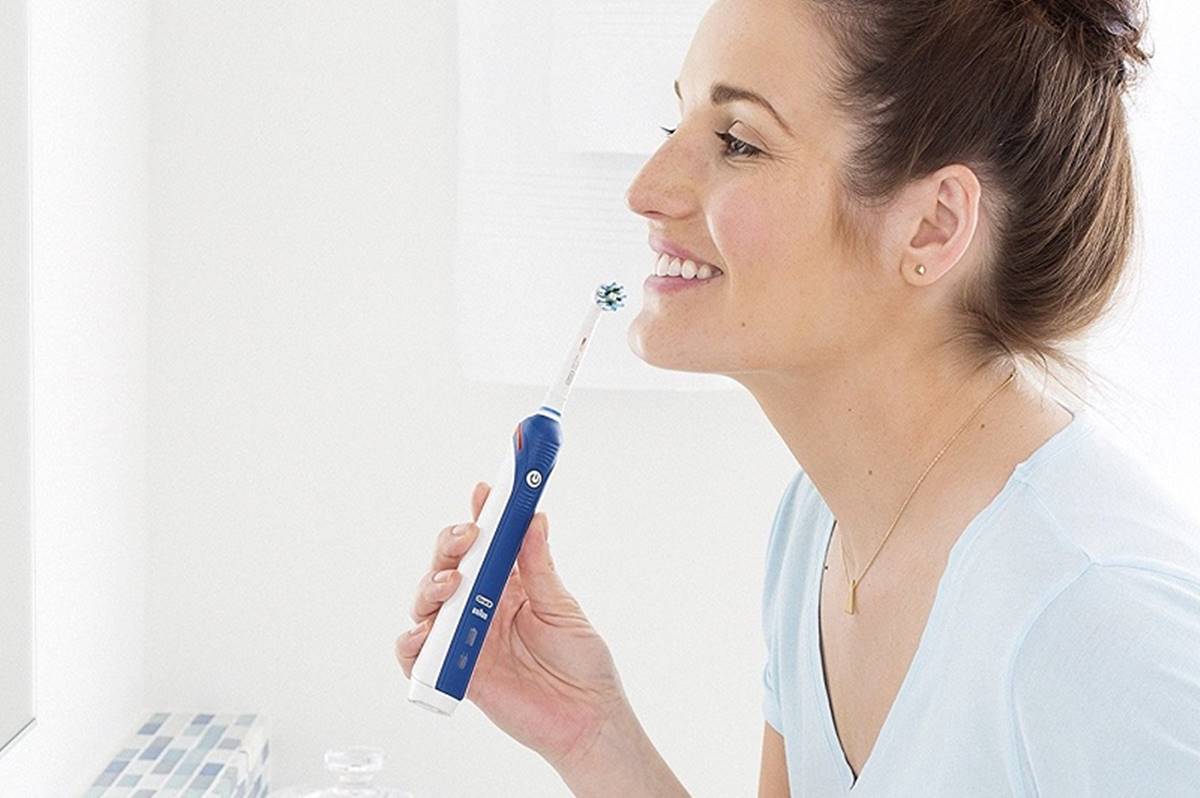
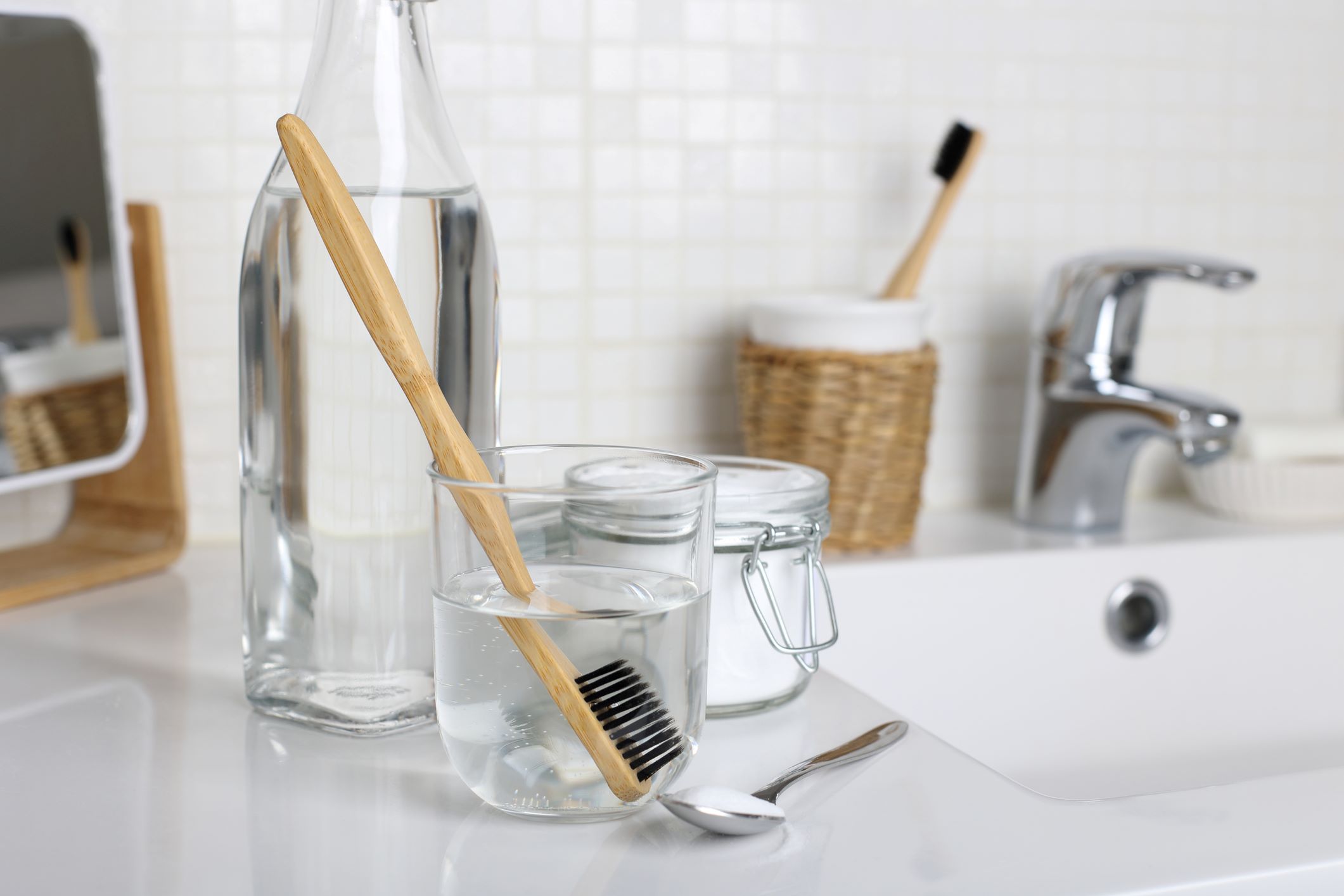
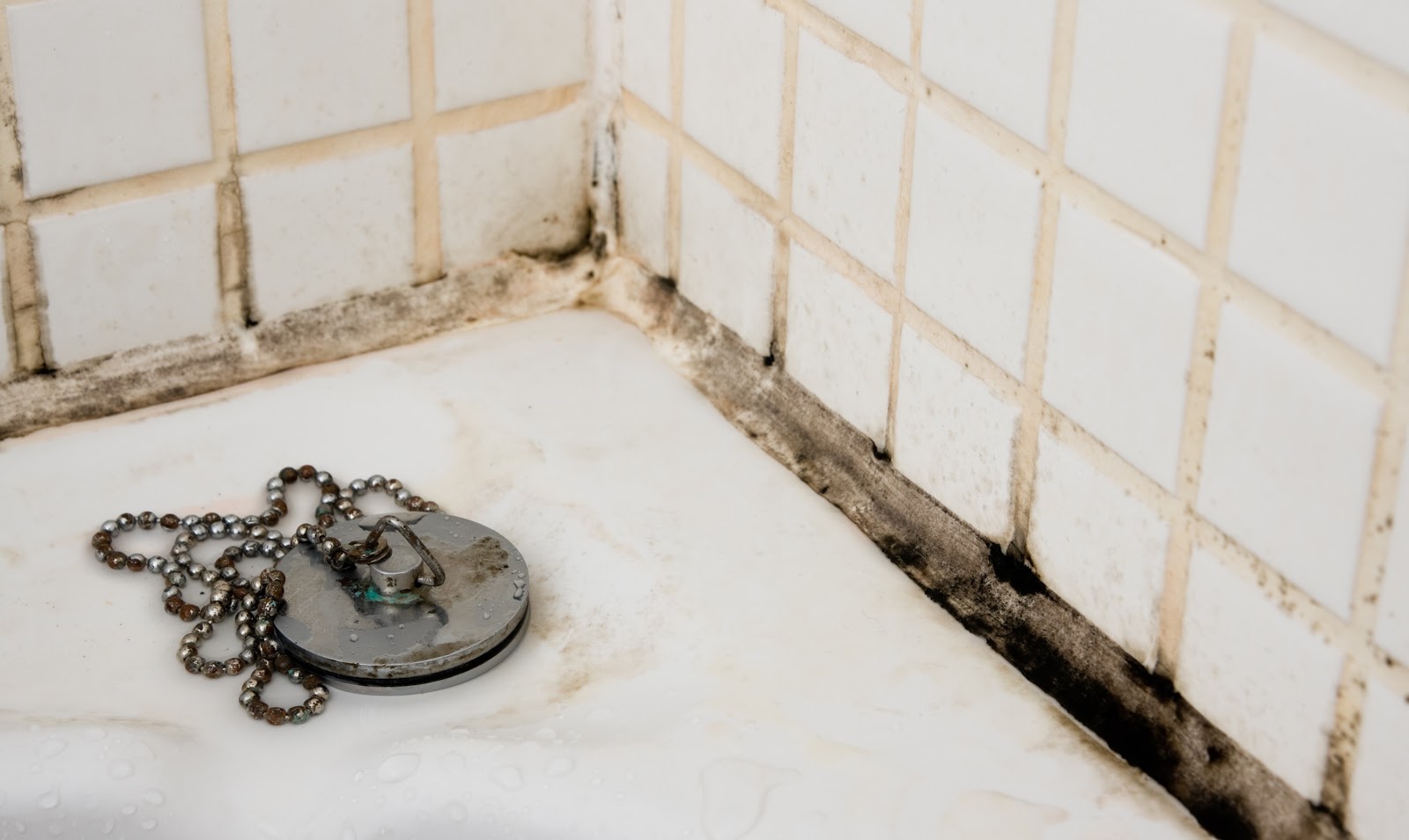
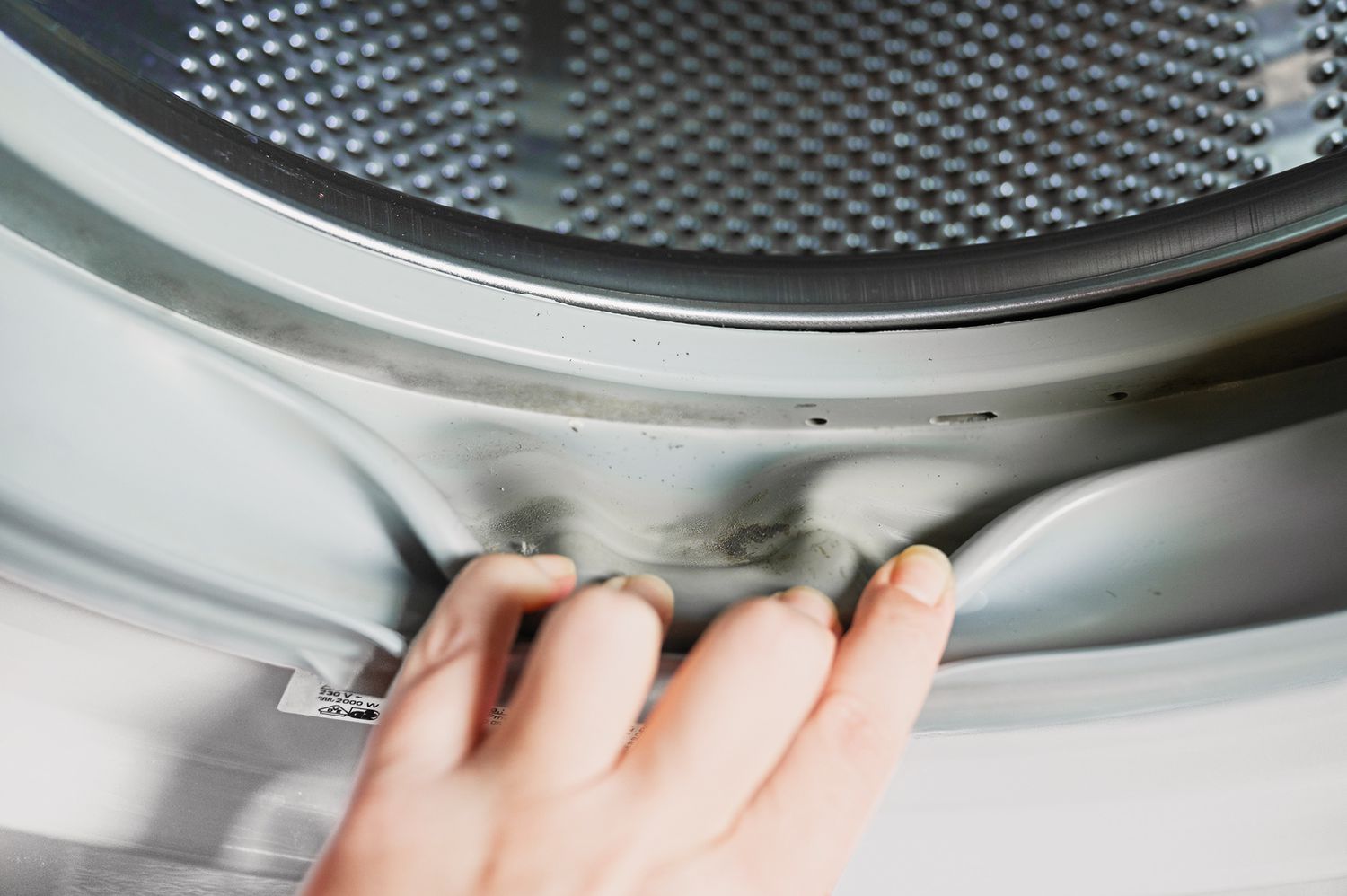
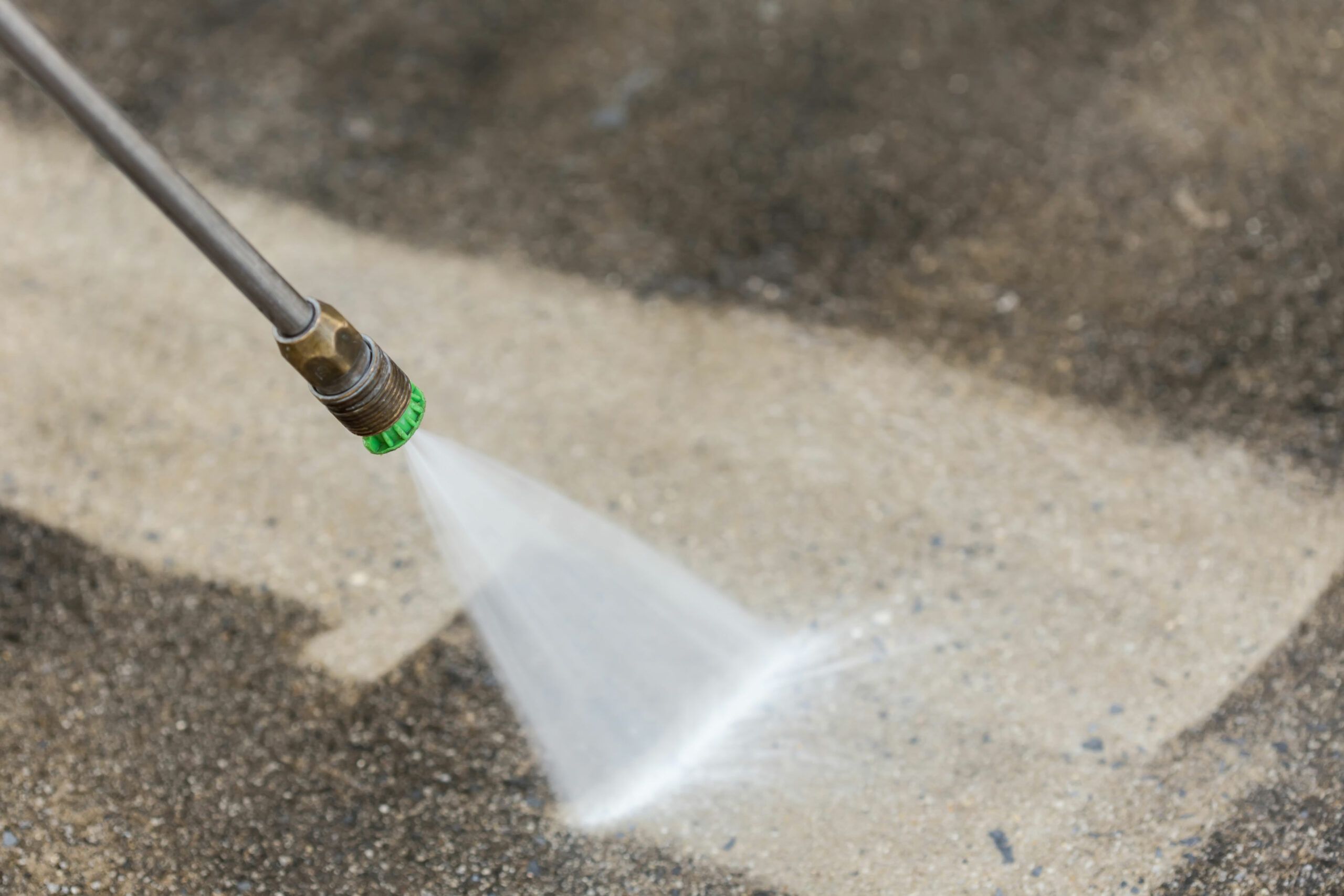
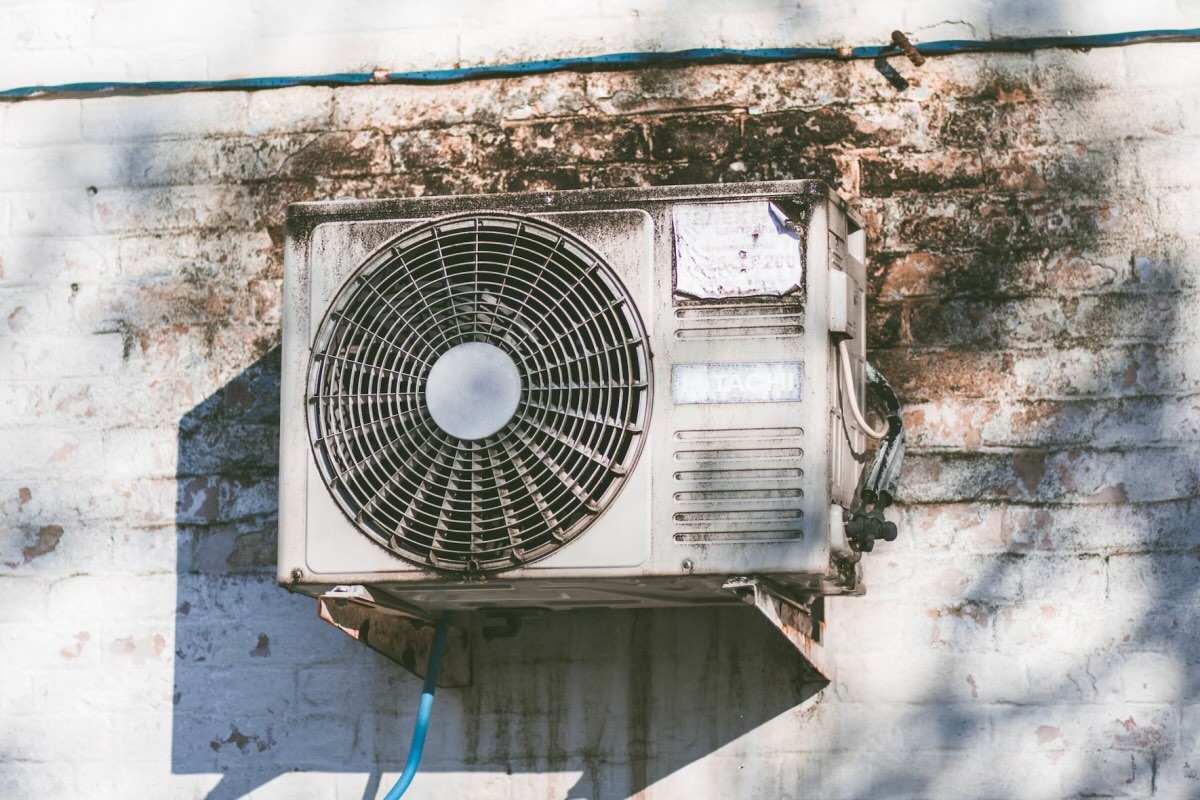

0 thoughts on “How To Clean Mold From Your Electric Toothbrush”